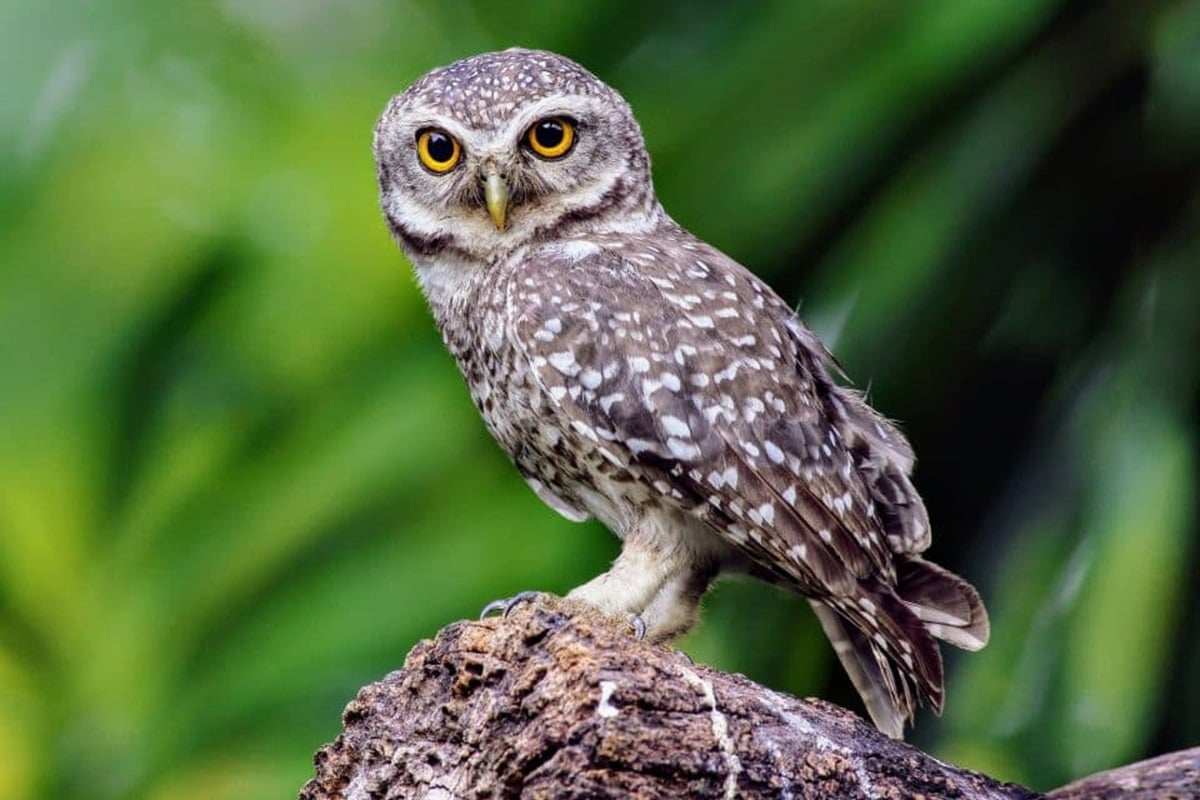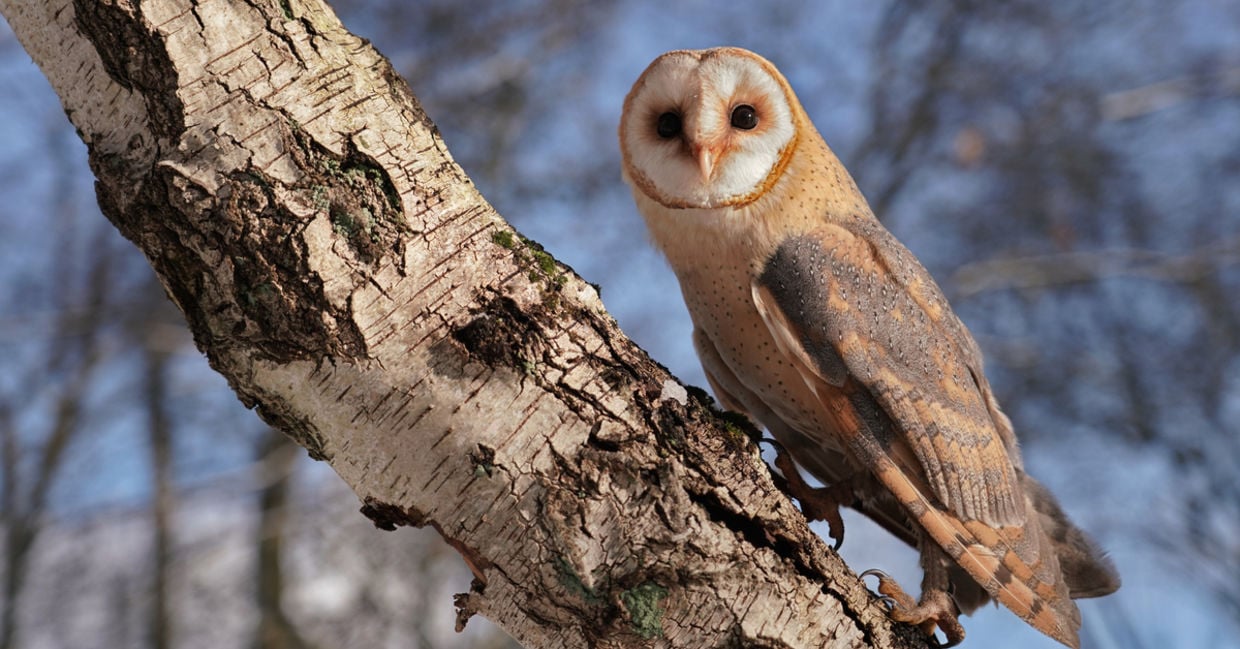In an effort to save the endangered spotted owl, U.S. wildlife officials have proposed a very surprising plan to kill nearly half a million barred owls. Can the balance of nature be very restored by tipping the scales so drastically or are they thinking wrong?

According to a report from the Associated Press (AP), the U.S. Fish and Wildlife Service targets to increase the declining spotted owl populations in Oregon, Washington, and California. The agency’s documents showing us a plan to diminish up to 450,000 barred owls and they will take 30 years.
Spotted owls have been struggling to survive in that region. Their larger cousins, barred owls, have moved from the eastern U.S. into their West Coast territory and it is threatening their existence due to competition for resources.
The Fish and Wildlife Service Oregon state supervisor Kessina Lee highlighted the critical nature of the situation. “Without actively managing barred owls, northern spotted owls will likely go extinct in all or the majority of them, in spite of collaborative conservation efforts,” Lee stated.
Previous efforts to protect the spotted owls focused on preserving their forest habitats and sparking debates over logging but managing to slow their decline. The rise of barred owls has undermined thfese efforts significantly.
The dilemma now is whether sacrificing one bird species is necessary to save another. Critics argue that this approach can divert from more sustainable conservation strategies. Wayne Pacelle is founder of Animal Wellness Action, voiced strong disapproval.
“The Fish and Wildlife Service is turning from protector of wildlife to persecutor of wildlife,” Pacelle said, predicting the program will fail as more barred owls will migrate into areas where others have been killed. The barred owl strategy leader Robin Bown works for the Fish and Wildlife Service and he noted that about 4,500 barred owls have been removed since 2009.
